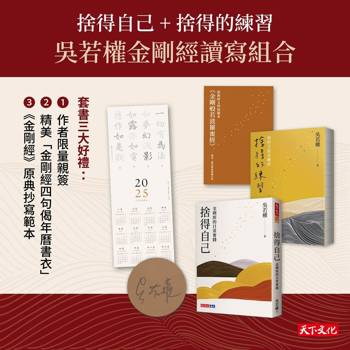In this study, a reverse logistics model is developed to minimize the environmental and operational costs of exchanging waste and by-product materials in a business-to-business network. This research investigates the opportunities for substituting raw materials usage with value added waste/by-product materials collected from a regional network. The network contains manufacturers, collection centers, value added process centers (e.g. disassembly, recycling, or remanufacturing), disposal centers, and virgin material market. The model captures environmental costs as well as the operational costs. The model is applied on the Los Angeles County Aluminum industry case. An Economic Input-Output (EIO) clustering method and Principal Component Analysis (PCA) are employed to develop industrial clusters in the region. Studying these clusters expands our knowledge regarding materials flow in the region. Based on the outcome of the clustering, Electronics industries cluster is discovered to be one of the major links in terms of the economics indices.
| FindBook |
有 1 項符合
Green Logistics for Regional Industrial Waste Materials and Byproducts: A Closed Supply Chain Management Model的圖書 |
 |
Green Logistics for Regional Industrial Waste Materials and Byproducts: A Closed Supply Chain Management Model 作者:Pourmohammadi 出版社:VDM Verlag 出版日期:2009-11-30 語言:英文 規格:平裝 / 144頁 / 22.9 x 15.2 x 0.8 cm / 普通級 |
| 圖書館借閱 |
| 國家圖書館 | 全國圖書書目資訊網 | 國立公共資訊圖書館 | 電子書服務平台 | MetaCat 跨館整合查詢 |
| 臺北市立圖書館 | 新北市立圖書館 | 基隆市公共圖書館 | 桃園市立圖書館 | 新竹縣公共圖書館 |
| 苗栗縣立圖書館 | 臺中市立圖書館 | 彰化縣公共圖書館 | 南投縣文化局 | 雲林縣公共圖書館 |
| 嘉義縣圖書館 | 臺南市立圖書館 | 高雄市立圖書館 | 屏東縣公共圖書館 | 宜蘭縣公共圖書館 |
| 花蓮縣文化局 | 臺東縣文化處 |
|
|
圖書介紹 - 資料來源:博客來 評分:
圖書名稱:Green Logistics for Regional Industrial Waste Materials and Byproducts: A Closed Supply Chain Management Model
|









